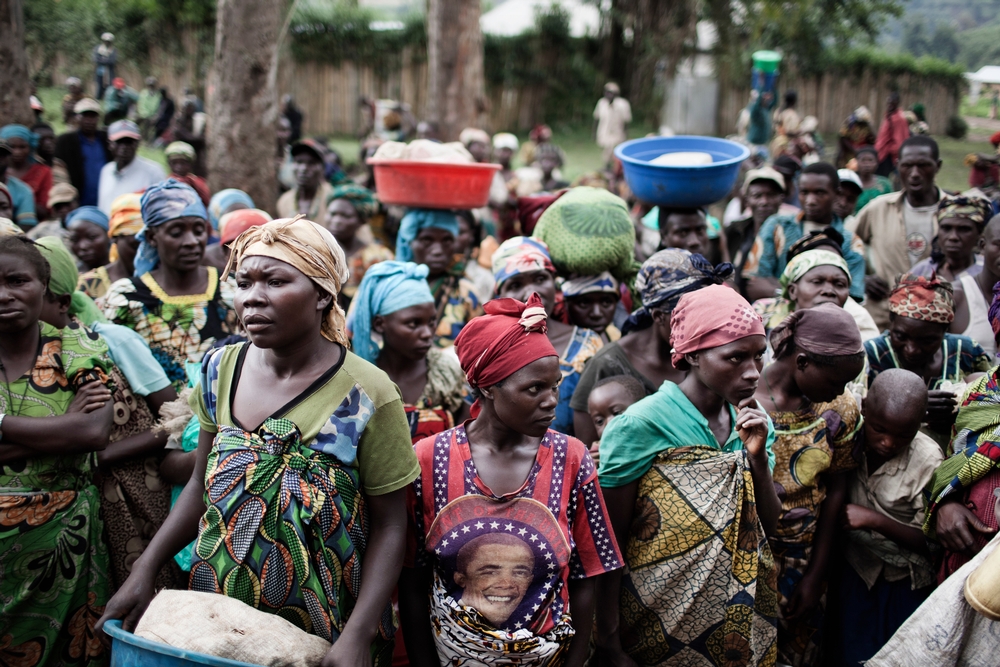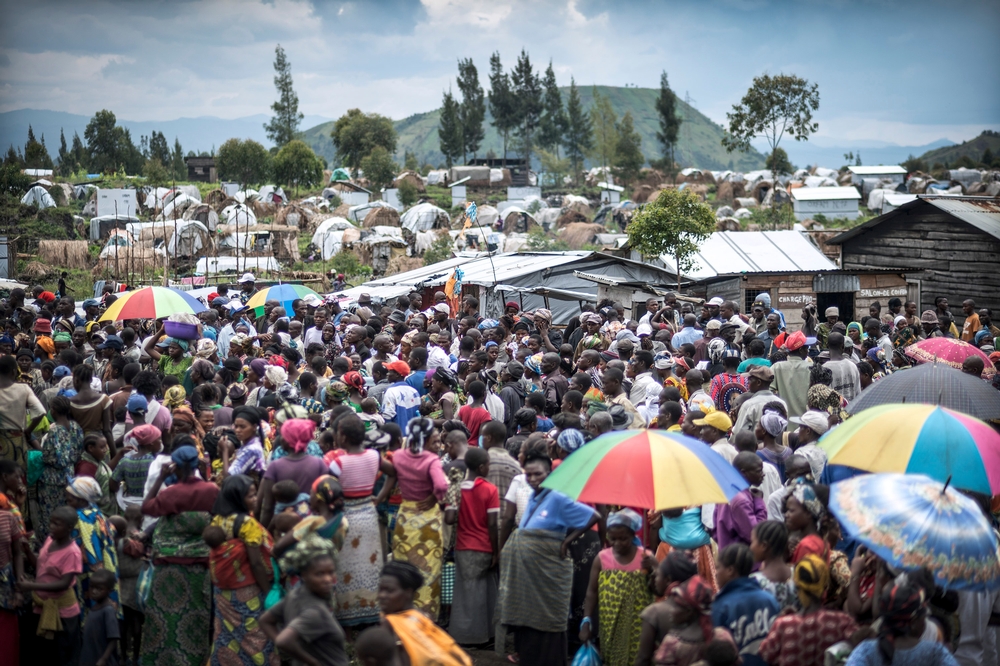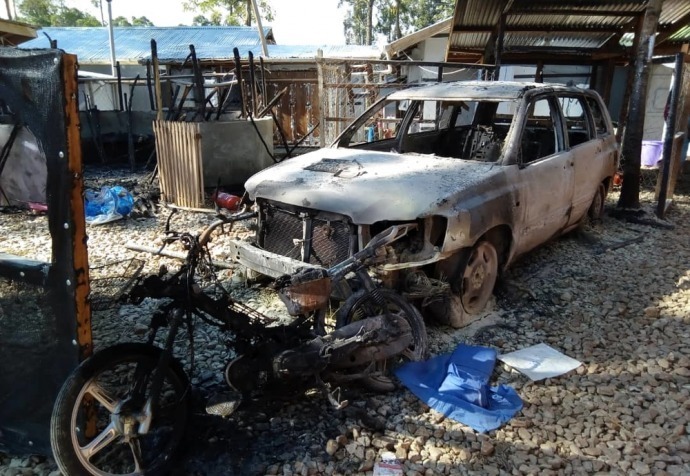Every day, our teams in Eastern DRC witness the dramatic effect of violence and insecurity on the people. Each time there is an outbreak of violence, people flee to safer areas. This happens so regularly, that we observe a cycle of displacement: one day people find themselves displaced, only to become the ones to host displaced populations themselves the next day. Over and over again.
Everyone is affected - men, women and children. Many may find themselves displaced for longer periods for others they move back and forth between nominally safe areas. For some it means moving away from their homes forever. What makes it complicated is that at times there is nowhere safe to run to. And for many, abandoning their fields – the only source of livelihood – is not an option, so people are forced stay as close to home despite the danger.




